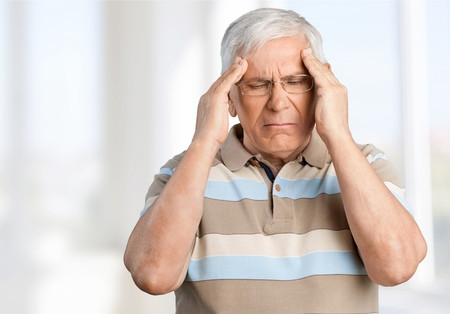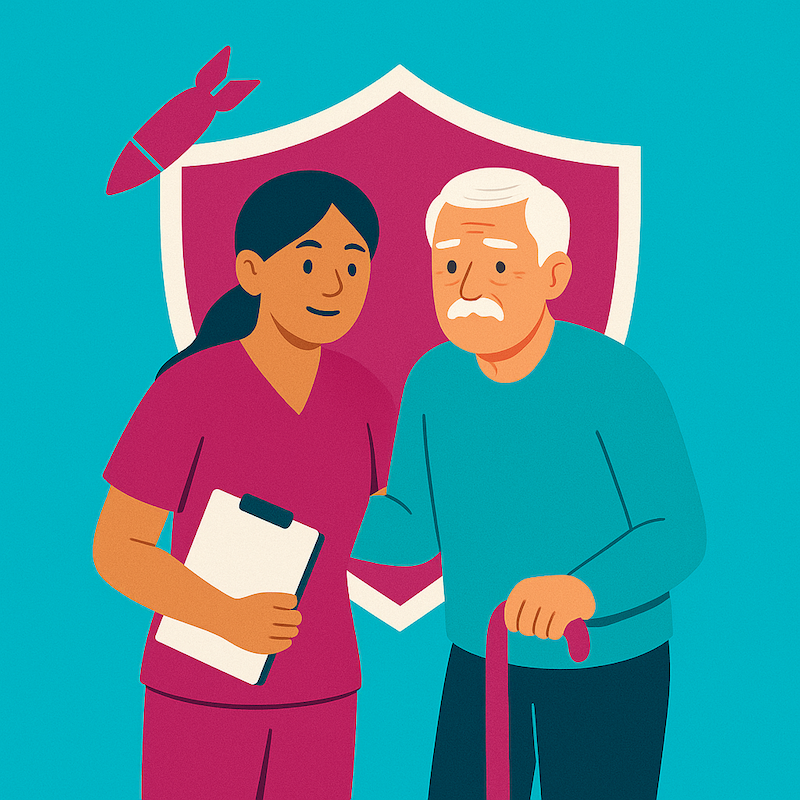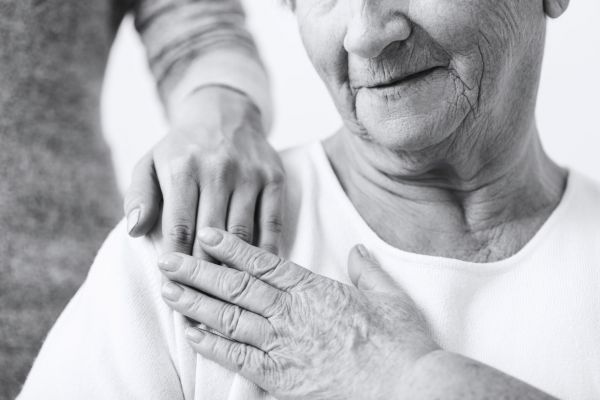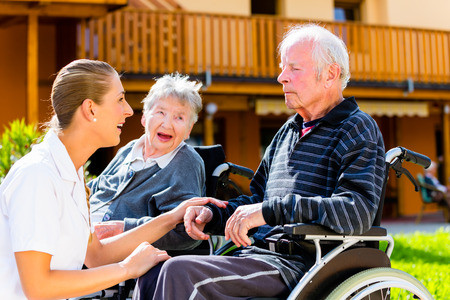Nervous System Disorders: Stroke
צוות iSavta | 13.11.2019

Nervous system disorders can affect many functions. They can affect the ability to speak, understand, feel, see, hear, touch, think, control bowels and bladder, or move.
STROKE
A stroke (cerebrovascular accident [CVA] or brain attack) occurs when a blood supply to a part of the brain is suddenly interrupted. Brain cells in the area do not get oxygen and nutrients. Brain damage occurs. Functions controlled by that part of the brain are lost or impaired.
A ruptured blood vessel is a cause of stroke. It causes hemorrhage (excessive bleeding) into the brain. Hypertension (high blood pressure) also can cause stroke. Risk factors include diabetes, family history of stroke, hardening of the arteries, smoking, heart disease, and stress.
Stroke is the leading cause of disability in adults. The person needs emergency care. Signs and symptoms vary. Sometimes warning signs occur suddenly and last a few minutes.
- Weakness on one side of the body. An arm, leg, or one side of the face may feel numb.
- Dizziness. The person may feel unsteady or fall.
- Severe headache.
- Dim or loss of vision in one eye.
- Loss of speech. The person may have trouble talking or understanding others.
Rehabilitation starts immediately. The person may depend partially or totally on others for care.
Care of the Person with a Stroke (CVA, Brain Attack)
- The lateral position prevents aspiration.
- Coughing and deep breathing are encouraged.
- The bed is kept in semi-Fowler’s position.
- Repositioning is done at least every 2 hours.
- Food and fluid needs are met.
- Elastic stockings prevent thrombi (blood clots) in the legs.
- Range-of-motion exercises prevent contractures.
- A catheter or a bladder training program is needed.
- A bowel training program may be necessary.
- Safety precautions are practiced. Use bed rails according to the care plan.
- The person does as much self-care as possible. Assist as necessary.
- Communication methods are established. Limit questions to those that have a “yes” or “no” answers. Speak slowly. Give the person time to respond.
- Good skin care prevents pressure ulcers.
- Speech therapy, physical therapy, and occupational therapy are ordered. Assistive devices are used as necessary.
- Support, encouragement, and praise are given.











